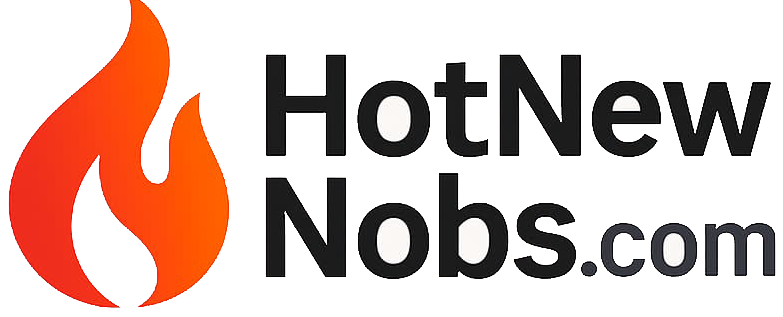The 32-Hour Work Week Trend: A Shift Towards Work-Life Balance
In recent years, conversations surrounding labor and productivity have significantly evolved. An emerging concept gaining substantial attention is the 32-hour work week, a proposal aiming to redefine traditional understandings of the work-life paradigm. As societies around the world reassess their employment practices, the notion of shortening the work week while maintaining the same pay and productivity has sparked considerable debate amongst employers, employees, and policymakers. This article delves into the intricacies of this movement, exploring the sociocultural impacts, benefits, and potential challenges it presents.
Historical Context and Rise to Prominence
The origins of reducing weekly work hours can be traced back to the industrial revolution, a period marked by significant transformations in work environments and employee rights. The traditional 40-hour work week, originally established to improve workers’ well-being, has been the norm for many decades. However, global shifts in socioeconomic landscapes have ushered in a contemporary reconsideration of working hours. Western regions such as New Zealand, with its history of progressive labor laws, have been at the forefront of this discussion, promoting a more flexible work schedule to enhance both productivity and personal well-being.
Motivations for Change: Productivity and Well-being
At the heart of the 32-hour work week proposal lies a desire to cultivate a healthier balance between professional obligations and personal life. Proponents argue that reducing the hours worked per week can significantly bolster mental health, reduce burnout, and improve overall well-being. Moreover, studies indicate that employees working fewer hours often display higher levels of satisfaction and creativity, directly contributing to enhanced productivity. By fostering a sense of autonomy and respect for personal time, employers may witness an increase in employee loyalty and retention.
Case Studies: Success and Challenges
Several companies across the globe have experimented with a shorter work week, each revealing unique insights. For instance, Microsoft Japan piloted a 32-hour work week and reported a consequent 40% boost in productivity. Nonetheless, adopting this model universally presents challenges. Variability in industry requirements poses a significant hurdle, with sectors such as healthcare and emergency services requiring continuous coverage, making implementation more complex.
Economic and Cultural Implications
As discussions continue, it’s essential to consider the broader economic implications. Critics of the 32-hour work week express concerns about potential decreases in economic output and competitiveness, particularly in global markets where traditional work weeks remain standard. Cultural attitudes towards work also play a crucial role; societies with entrenched beliefs equating long hours with dedication may resist change. However, as digitally transformative technologies reshape industries, there is optimism that productivity can be decoupled from extended hours.
Future Prospects and Global Trends
As momentum builds, the 32-hour work week remains a focal point in debates about the future of labor. Policymakers are urged to consider flexible approaches, tailoring solutions to both cultural contexts and industry needs. For New Orleans, a city known for its vibrant music scene, the metaphor of the jazz ensemble—a creative collaboration in synchronicity and improvisation—aptly symbolizes the potential harmony between reduced work hours and enhanced productivity. By adopting a model akin to a “zweihander,” where seamless integration of various elements creates something greater than each part, societies can strive for improved quality of life.
Technology and Remote Work
With the rise of remote work catalyzed by recent global events, technology continues to play a pivotal role in shaping new work paradigms. The digital age offers a unique opportunity to integrate the 32-hour work week with flexible work environments, thereby optimizing both employee happiness and efficiency. As companies embrace cloud computing and virtual collaboration tools, barriers such as those presented by the rigid 9-to-5 structure diminish, paving the way for more adaptable work weeks.
Considerations and Conclusions
In Louisiana, where the lush landscapes of bayous provide a backdrop to environmental discourse, the concept of conserving vital energy resources mirrors the ethos of the 32-hour work week. Just as preserving natural ecosystems is seen as essential, allowing room for human energies to rejuvenate and flourish is similarly emphasized. While there is no one-size-fits-all solution, the ongoing dialogue around reducing weekly working hours continues to inspire innovative thinking in labor strategies worldwide.
People Also Ask
What is the 32-hour work week?
The 32-hour work week is a proposed model where employees work four days a week, totaling 32 hours, without a decrease in pay, aiming to enhance work-life balance and productivity.
What are the benefits of a 32-hour work week?
Benefits include improved mental health, increased job satisfaction, reduced burnout, higher employee retention, and potentially greater productivity due to better work-life balance.
Which countries are experimenting with a 32-hour work week?
Countries like New Zealand, Sweden, and Japan have conducted trials or implemented policies supporting a reduced work week to study its effects on productivity and employee well-being.
Are all industries suited for a 32-hour work week?
No, certain industries, especially those requiring continuous coverage like healthcare and emergency services, may face challenges in adopting a 32-hour work week model.
How does technology influence the feasibility of a 32-hour work week?
Technology, particularly in remote work settings, enhances the feasibility of a 32-hour work week by allowing flexible scheduling and efficient collaboration, thus supporting productivity despite reduced hours.







